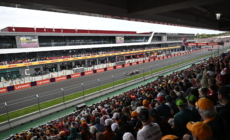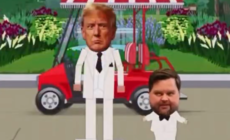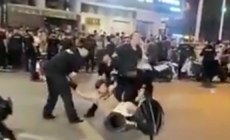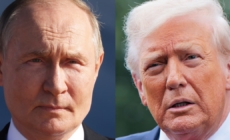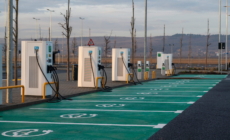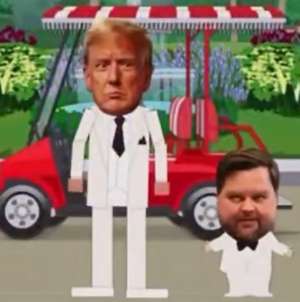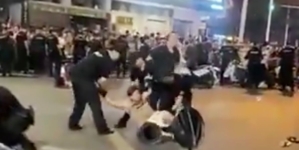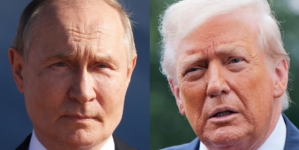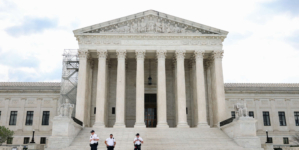-
Formula 1 Weekend Draws Record Number of Tourists - 7 mins ago
-
Twins vs. Tigers Highlights | MLB on FOX - 12 mins ago
-
‘South Park’ Unleashes on JD Vance in New Episode - 17 mins ago
-
Retail Sales Rise as Tax Cuts Boost Household Spending - 40 mins ago
-
Unusual protest erupts in China as anger mounts over latest case of teen bullying - 45 mins ago
-
Amazon’s ‘Project Blue’ Rejected Amid Water Fears - 56 mins ago
-
Yankees vs. Rangers Highlights | MLB on FOX - 59 mins ago
-
Kremlin says Putin-Trump meeting agreed, will happen in ‘coming days’ - 2 hours ago
-
What Supreme Court Justices Said About Gerrymandering - 2 hours ago
-
Paul Goldschmidt’s Pinch Homer Snaps Yankees’ 5-Game Skid - 2 hours ago
Trump’s Relationship With Modi Sours Over Putin
The praise U.S. President Donald Trump and Indian Prime Minister Narendra Modi lavished on each other only months ago seems a distant memory amid a deepening trade row involving Vladimir Putin’s oil revenues.
A standoff between Trump and India has emerged after the president imposed 25 percent tariffs on the country and followed this up on Wednesday with another 25 percent levy due to its purchase of Russian oil that funds Putin’s aggression in Ukraine.
But things between the pair had already started going south in May when Trump waded into a sensitive dispute between India and Pakistan.
“That started the downward slide,” Dhruva Jaishankar, executive director of the Observer Research Foundation America (ORF America)—which analyses foreign policy challenges for India, the U.S. and partners—told Newsweek.
Newsweek has contacted the U.S. State Department and India’s Ministry of External Affairs for comment.
Modi’s White House Visit
Modi visited the White House in February as one of the first world leaders to visit Trump after his return to the presidency. They touted a friendship cemented throughout the Republican president’s first term.
But friendships can go through bumpy periods, and India was left peeved when Trump took credit for India and Pakistan agreeing to a ceasefire after four days of clashes in the Kashmir region both neighbors claim in full but administer it only in part.
It followed weeks of clashes and missile and drone strikes across borders, triggered by a gun massacre of tourists that India blamed on Pakistan. Pakistan denied involvement.
“India has had a policy of not inviting third-party mediation between India and Pakistan and Trump has gone against that,” said Jaishankar. “For India, that’s a pretty strong red line.”
Trump’s Tariffs
Trump’s claims of intervention in a decades-long geopolitical spat were then followed by stalling trade negotiations. Trump imposed a 25 percent tariff on all Indian exports to the U.S. from August 1, while at the same time giving China another extension. India—the world’s fourth largest economy—called the tariffs unjustified.
Trump added another 25 percent to this levy on Wednesday because like most of Ukraine’s allies, he linked the proceeds from Russian energy to the continued funding of Putin’s aggression. Exemptions remain for goods already covered under other sector-specific tariffs, such as steel and aluminum.
Trump also insulted India’s economy as “dead” and accused the country of buying “massive amounts” of oil from Russia and then selling it on the open market for big profits.
These comments reflect international concern over the fact that Russian oil now accounts for nearly 40 percent of India’s oil imports—a more than tenfold increase since before the war. Both New Delhi and Beijing have capitalized on the steep discounts offered by Moscow amid Western sanctions.
India and China’s vastly increased purchases of Russian oil have been viewed by Kyiv’s allies as undermining the G7-led sanctions on Russia’s energy exports, which aimed to choke the Kremlin’s key revenue generator.
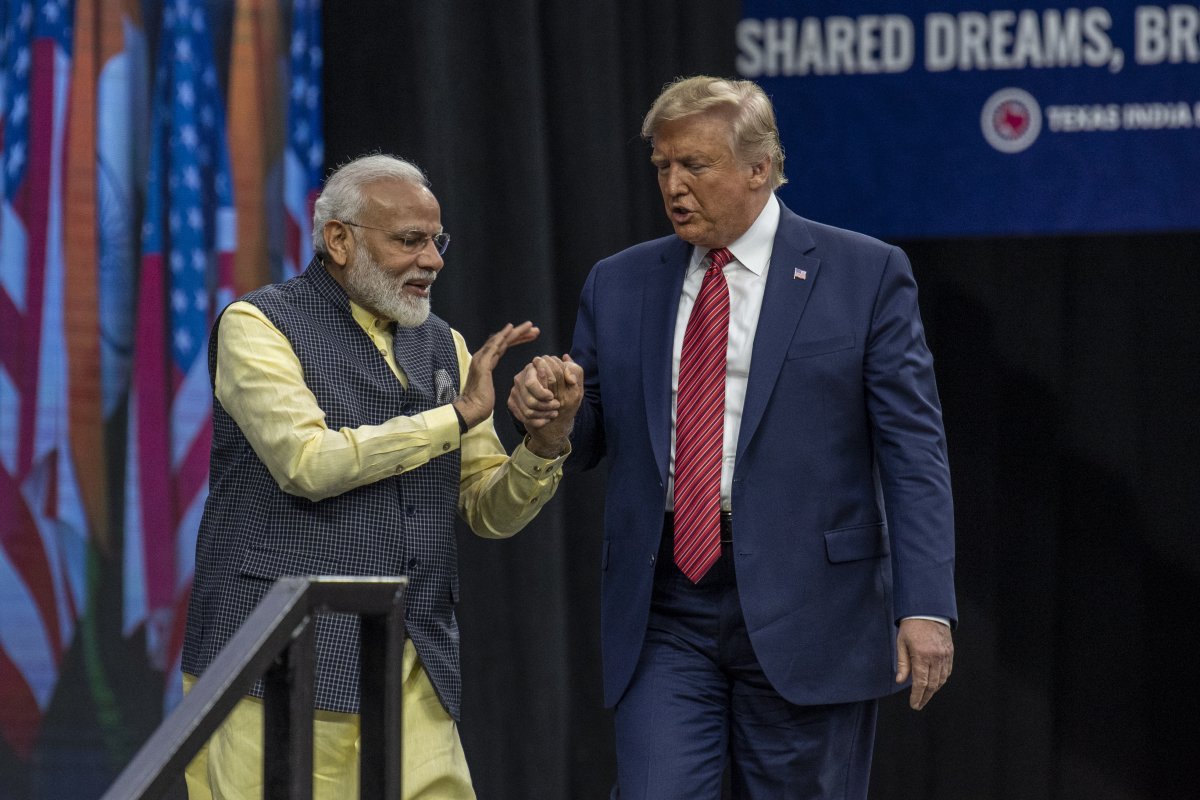
Trump’s anger with India reflects his frustration with the pace of trade talks, according to The Associated Press, citing a White House official. The AP said this has stung Modi’s administration, which had been negotiating a trade deal that balanced India’s protectionist system with opening up to American goods.
It means that ties built up over the last 25 years are being put at risk by Trump’s tariffs and social media statements, Ashok Malik, a former policy adviser in India’s Foreign Ministry, told the news agency.
“Trump risks tanking 25 years of U.S.-India relations,” Evan Feigenbaum, vice president for studies at Carnegie Endowment for International Peace wrote in analysis for the think tank released Monday.
Feigenbaum also referred to Trump’s criticism of U.S. companies that manufacture in India, as well as the U.S. leader’s White House meeting with Pakistan’s army chief as well as giving Islamabad a tariff rate of just 19 percent and a pledge to jointly explore Pakistan’s oil reserves.
After more than two decades of ties, “Trump is now in the process of dismantling this painstakingly built relationship,” Feigenbaum added.
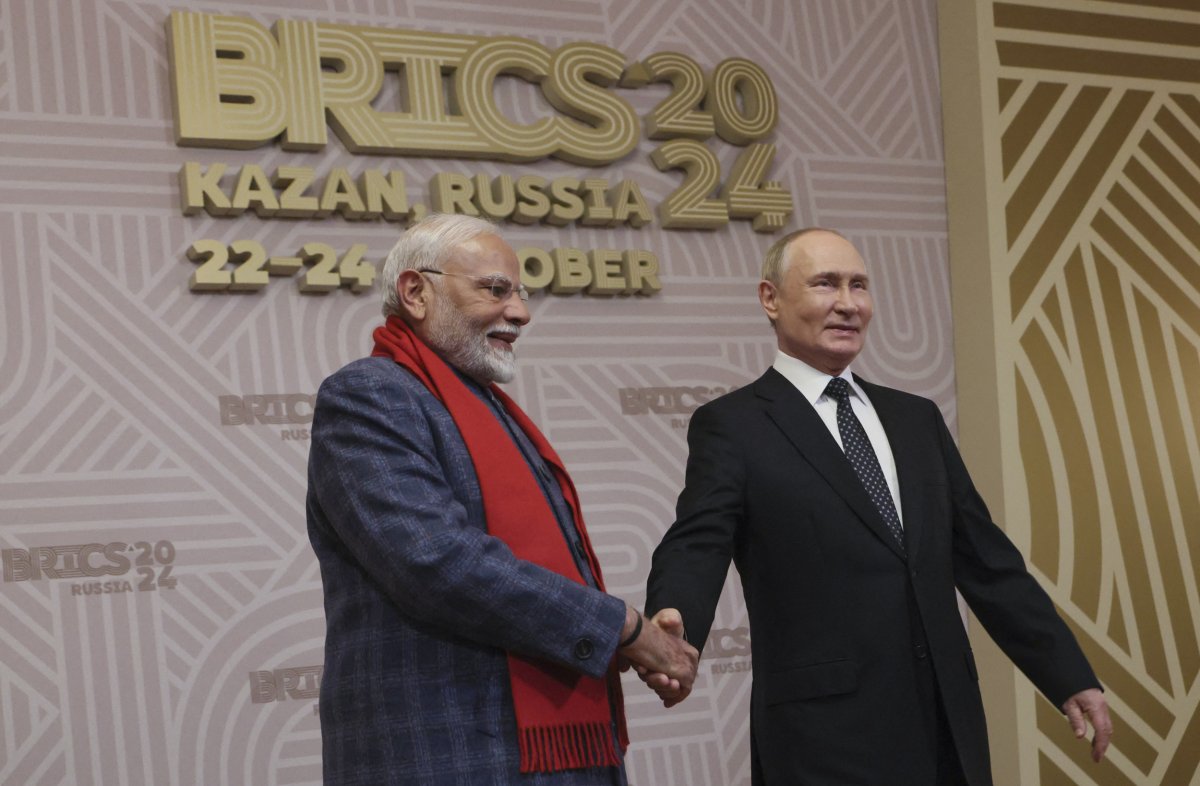
MAXIM SHIPENKOV/Getty Images
Putin’s Role
Modi’s first foreign trip upon his return to office for a third term was to Moscow to meet with Putin in June 2024. For Putin, India is part of his vision away from a U.S.-led world and a pivot toward the Global South.
However, Modi’s view is less anti-Western and more attuned to acting as a bridge between the West and the Global South, and he is not interested in Putin’s hope for a de-dollarization of the world economy, Jaishankar said.
The India-Russia relationship was based on strategic technologies but has faced problems in recent years, with defense imports from Russia more than halving between 2014 and today. This is partly due to the war in Ukraine, challenges with Russian supply chains and payment mechanisms.
However India has shown no signs of turning away from Russia, despite Trump’s threats. It doubled down on its cooperation with Moscow committing on Tuesday to increasing defense ties.
Over the course of the war Putin started, differences between India and the U.S. over New Delhi’s ties with Russia were communicated more privately under the Biden administration, Jaishankar said.
“Differences over Russia were kept within a certain channel. The challenge with Trump is that a lot of the haranguing has been quite public,” he said.
As the world waits to see whether or not Modi will agree to Trump’s demands, business-to-business ties between India and the U.S. so far remain intact, Jaishankar said. But if the spat deepens, “one wonders how other aspects of the relationship that have so far been somewhat firewalled might be affected.”
Source link
